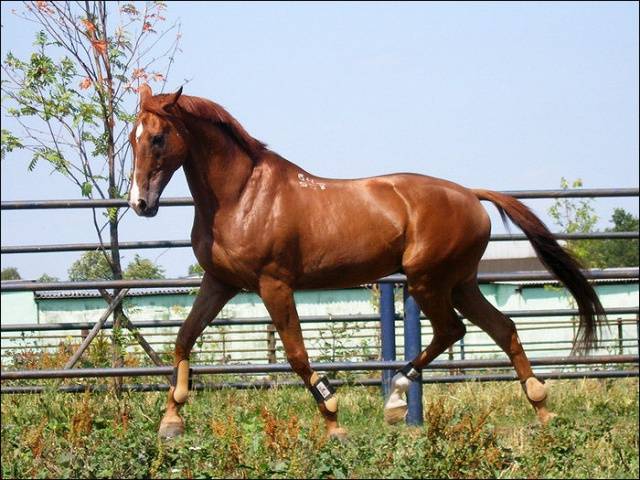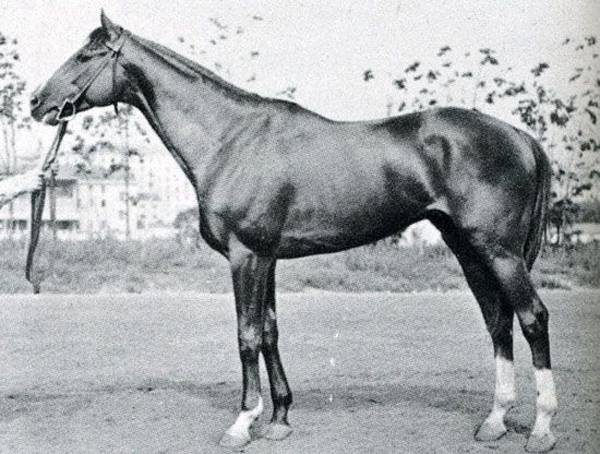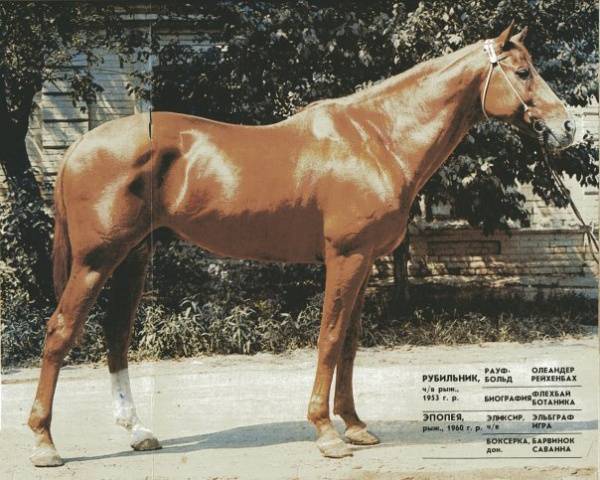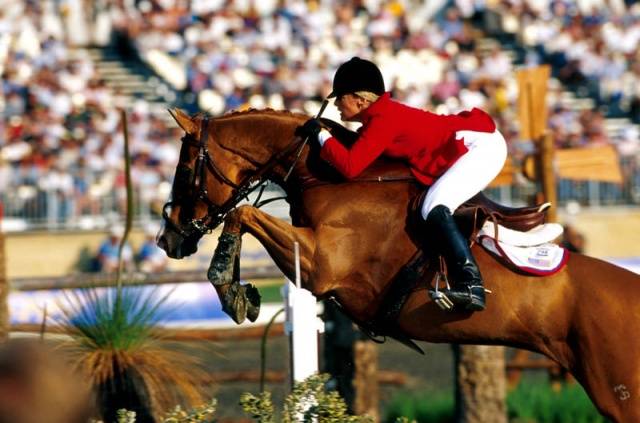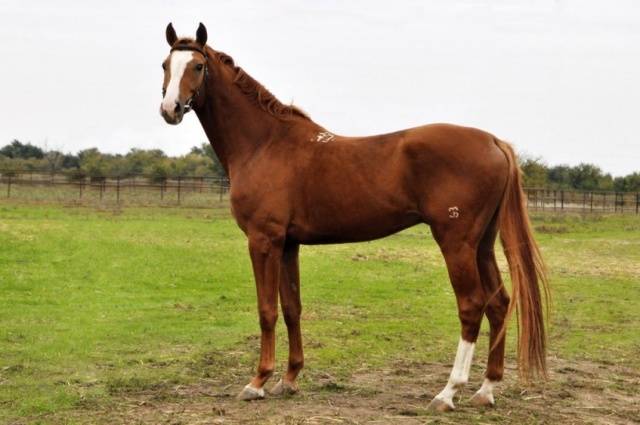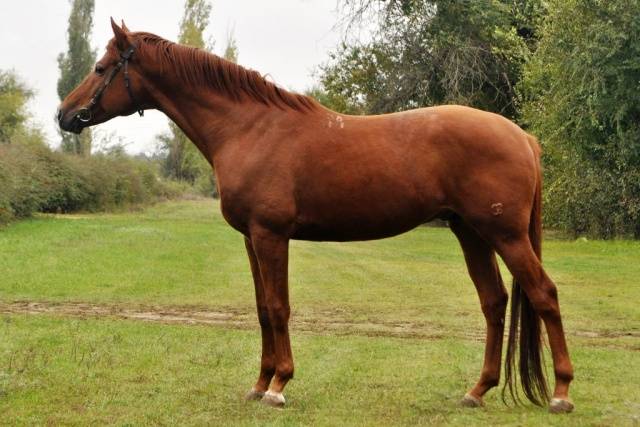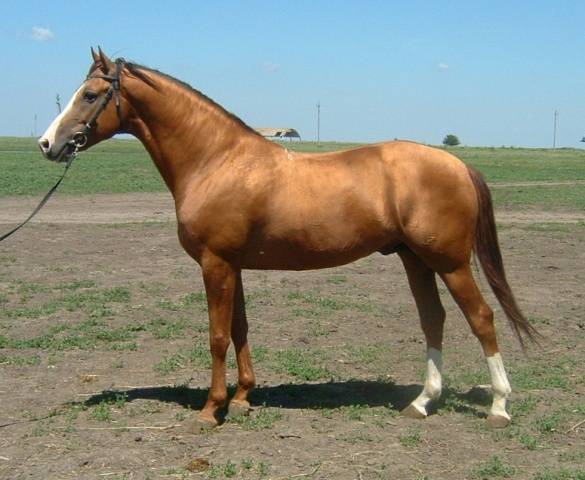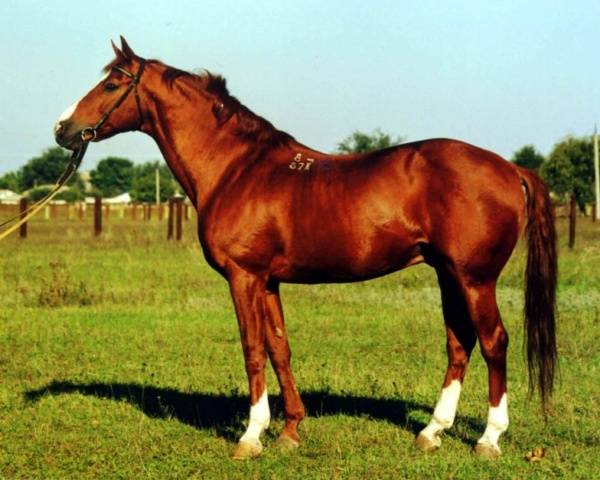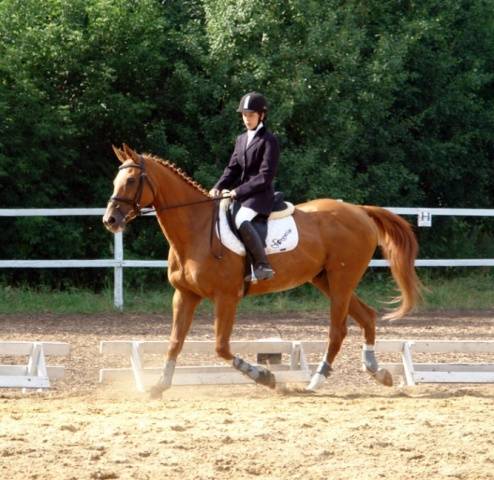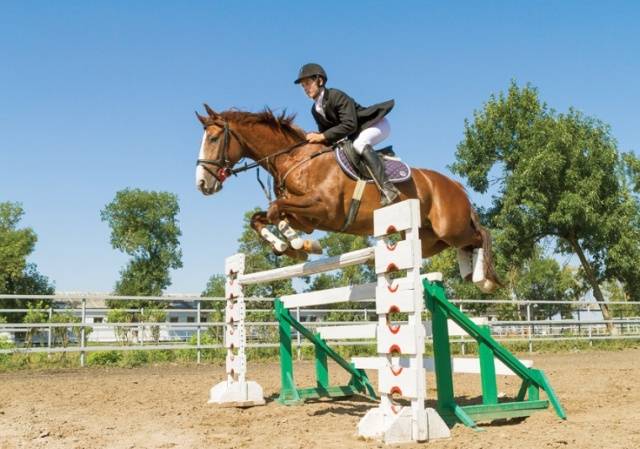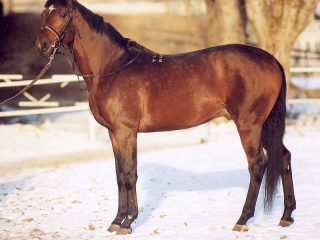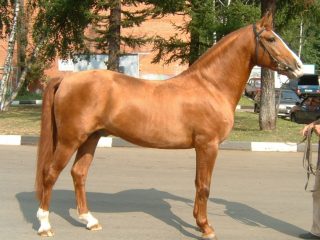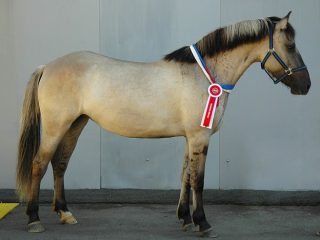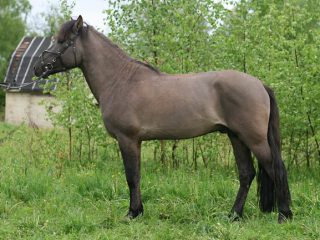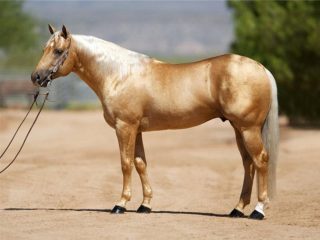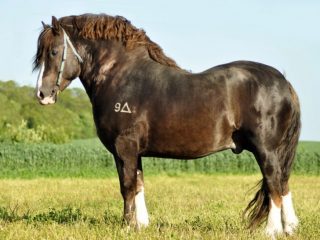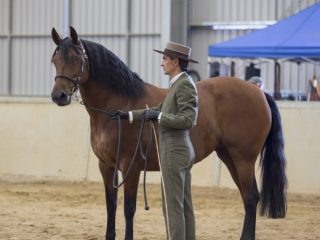Content
The Budennovskaya horse is the only exception in the world of horse breeds: it is the only one still closely related to the Donskaya horse, and with the disappearance of the latter, it will also soon cease to exist.
As a result of the global reorganization of society that befell the Russian Empire at the beginning of the 20th century and armed disputes on this issue among different strata of society, the thoroughbred horse stock in Russia was almost completely exterminated. From the not very numerous breeds, used mostly for officer saddles, only a few dozen remain. It was difficult to find two stallions from the Arabized Streletsky breed. There are several dozen Orlov-Rostopchin horses left. It was no longer possible to restore these rocks.
There is also almost nothing left of the more common breeds that previously staffed the regiments. All horse breeding in Russia had to be rebuilt from scratch. The fate of the almost completely knocked out breed in those years befell the well-known Don horse. There are less than 1000 heads left of the breed. Moreover, it was one of the best preserved cavalry horses.
Since at that time there was a belief that there was no breed better than the English racing horse, during the restoration the Donskoys began to actively infuse the blood of this breed. At the same time, high-quality horses were also required for the command staff. It was believed that the influx of Thoroughbred horses would raise the quality of the Don Horse to the level of factory cultivated breeds.
The reality turned out to be harsh. It is impossible to raise a factory horse if kept on pasture all year round in the steppe. Only native breeds can live this way. And the “party line” changed to the exact opposite. The Don horse was no longer crossed with the English horse, and horses with a percentage of English racing blood above 25% were removed from the breeding stock of the Don breed and collected at two stud farms for the production of “commander” horses. It was from this moment that the history of the Budennovsky breed began.
Story
After the division of the revived Don breed into “purebred” and “crossbred” Anglo-Don horses, they were transferred to two newly organized stud farms: them. CM. Budyonny (colloquially “Budennovsky”) and them. First Cavalry Army (also shortened to “First Cavalry”).
But not all pedigrees of modern horses of the Budennovsky breed can be traced back to Kokas, Pretty and Inferno. Later, Anglo-Don crosses from other stallions were also included in the Budyonnovskaya breed.
The Great Patriotic War stopped work on the breed. The factories were evacuated across the Volga and not all the horses managed to return after the war.
After returning home, the factories took slightly different paths in improving the breed. On Budennovsky Nachkon G.A. Lebedev introduced the Thoroughbred stallion Rubilnik into the production team, whose line is still dominant in the breed. Although the Knob was “unstable” in his offspring, through competent and painstaking selection this defect was eliminated, leaving the advantages of the founder of the line.
Photo of the founder of the line in the Budennovskaya breed of horses, the thoroughbred stallion Rubilnik.
In the factory of the First Horse Nachkon V.I. Muravyov relied on the selection of fillies, rather than stallions, into cultural groups. Muravyov accepted the plant as being significantly inferior to Budennovsky, and left it with the strongest mother stock, selected not only for exterior and origin, but also for working qualities.
In the 60s of the last century, Budennovsky horses reached a new level. The need for cavalry had already disappeared, but equestrian sport still remained “militarized.” The requirements for horses in equestrian sports were very similar to those previously imposed on cavalry horses. At the pinnacle of equestrian sport were Thoroughbred riding horses and horses with a high blood grade according to PCI. One of these high-blooded breeds turned out to be the Budennovskaya.
In the USSR, almost all factory breeds were tested in smooth racing. Budennovskaya was no exception. Racing trials developed speed and endurance in horses, but selection in this case followed the path of consolidating flat movements and low neck extension.
Performance characteristics of Budennovskaya horse breeds allowed them to achieve success in Olympic sports:
- triathlon;
- show jumping;
- Higher riding school.
Budennovsky horses were in particular demand in eventing.
Perestroika
The “transition to a new direction of management” and the subsequent devastation in the economy crippled the country’s horse breeding and hit especially hard the small Soviet breeds: Budennovskaya and Terskaya. The Tersky had it much worse; today it is a practically non-existent breed. But it’s not much easier for Budennovskaya.
In the 90s, the best representatives of the Budennovsky breed were sold abroad at a price much lower than horses of the same quality in Europe. The purchased horses reached the level of the Olympic Teams in Western countries.
Pictured is US Olympic Team member Nona Garson. Under her saddle is a horse from the Budyonnovsky stud farm named Rhythmic. Father of Rhythmic Race.
There were jokes when people went to the Netherlands for an expensive European horse. They bought a horse there for a lot of money and brought it to Russia. Of course, they boasted about their acquisition to people experienced in equestrian affairs. And experienced people discovered the stamp of the First Horse factory on the horse.
After 2000, the requirements for horses have changed greatly. The flat movements of a cavalry horse for long marches have ceased to be valued in dressage. There it became necessary to “move uphill”, that is, the vector when moving should create the feeling that the horse is not just moving forward, but slightly lifting the rider at each pace. Dutch-bred horses with altered limb proportions and high neck projection have become in demand in dressage.
In show jumping, it began to require not so much speed as accuracy and agility.In eventing, the main trump card of high-speed breeds, where they could win points, was removed: long sections without obstacles, on which you just had to ride at maximum speed.
To remain on the list of Olympic sports, equestrian sport had to put entertainment at the forefront. And all the wonderful qualities of a war horse suddenly turned out to be of no use to anyone. In dressage, Budyonnovsky horses are no longer in demand due to their flat movements. In show jumping, they are able to compete with European breeds at the highest level, but for some reason strictly abroad.
One of Reis' descendants in Germany is licensed as a sire and is used on Westphalian, Holstein and Hanoverian mares. But in the WBFSH rating you cannot find the nickname Raut from Reis and Axiom. There he is listed as Bison's Golden Joy J.
Considering that without the Donskaya breed there will be no Budennovskaya, and now they don’t know where to use the Donskaya, these two breeds are threatened with complete extinction without changing the direction of selection.
Exterior
Modern Budennovsk horses have a pronounced appearance of a riding horse. They have a light and dry head with a straight profile and a long nape. The ganache should be wide and “empty” so as not to make breathing difficult. The neck exit is high. Ideally, the neck should be long, but this is not always possible. The withers of the “characteristic” type, which is more similar to the Purebred breed than others, are long and well developed. The Budennovskys have a long oblique shoulder blade. The thoracic region should be long and deep. The ribs may be flat. The chest is wide. The back is strong and straight.A soft back is a fault, and individuals with such a back are not allowed for breeding. The loin is straight, short, with well-developed muscles. The croup is long with a normal slope and well-developed thigh muscles. The lower legs and forearms are muscular. The carpal and hock joints are large and well developed. Good girth of the pastern. The tendons are clearly defined, dry, well developed. Preferable angle of inclination of the headstocks. The hooves are small and strong.
The growth of modern Budennovsky horses is large. The height of the queens ranges from 160 to 178 cm at the withers. Many stallions can exceed 170 cm in height. Since horses do not have strict growth criteria, both small and very large specimens can be encountered.
Like the Don, Budennovsky horses are divided into intra-breed types, and the description of a specific type of Budennovsky horse breed can differ greatly from the general exterior.
Intrabreed types
Types can be mixed, resulting in “subtypes.” There are three main types: oriental, massive and characteristic. In Budennovsky horse breeding, types are usually designated by the first letters: V, M, X. For a pronounced type, a capital letter is used, for a weakly expressed type, a capital letter is used: v, m, x. With a mixed type, the designation of the most pronounced type comes first. For example, a horse of the eastern type, which has some characteristic features, will be designated as Bx.
The characteristic type is the most suitable for use in sports disciplines. It optimally combines the qualities of the Don and Thoroughbred riding breeds:
- good leverage;
- developed muscles;
- large growth;
- high efficiency.
Budennovsky stallion Ranzhir of characteristic type.
In the eastern type, the influence of the Don breed is very strongly felt.These are horses of smooth lines with rounded shapes. Given the color characteristic of Don horses, Budennovts of this type are almost impossible to distinguish from their “relatives”.
Budennovsky stallion Duelist of the eastern type.
Horses of the massive type are distinguished by their rough shape, large stature, and deep and round chest.
Budennovsky stallion Instigator of a characteristically oriental type.
Suits
The Budennovskaya horse inherited from the Donskaya the characteristic red color, often with a golden tint. But since Budyonnovets is an “Anglo-Donchak”, the Budyonnovskaya breed contains all the colors characteristic of PCI, except for pinto and gray. Piebald racehorses were culled by tradition in the USSR, but gray English racehorses were not bred. It is unknown why. Perhaps, at one time, gray Thoroughbred horses simply did not make it into the Russian Empire.
Even if all the documents are in order, but the breeding certificate does not indicate the father of the gray color, the horse is not a Budyonnovets.
Application
Although in dressage today Budennovsky horses really cannot compete with half-bred European breeds, with proper work they are capable of taking prizes in show jumping competitions at a fairly high level. But you need to take into account that horses are not machines from an assembly line and usually for every one talented horse there are at least 10 mediocrities. And this law of nature has not yet been circumvented anywhere, including Western countries.
The lower photos show why it is not advisable to use the Budennovsky horse in dressage and it is better to find a use for it in show jumping.
Moreover, even in dressage, the Budyonnovsky horse can be a good teacher for a beginner.If you need a horse for walking through forests and fields, then Budennovets and Donchak are the best choice. During field walks, the main conditions are a good sense of balance and fearlessness. Both breeds possess these qualities to the fullest.
Reviews
Conclusion
Among the domestic breeds, the Budennovskaya horse is today the best choice for show jumping. She is also suitable for keeping as a companion. This is one of the few cultivated breeds that can live in normal village conditions.
